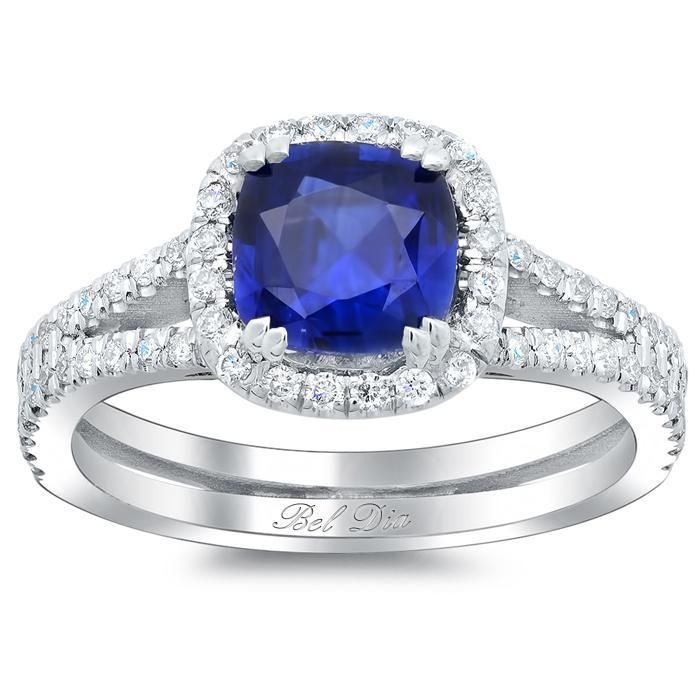The 1700s marked a significant era for engagement rings in the UK, as society began to embrace the concept of romantic love and its expression through jewelry. During this period, engagement rings UK became not only symbols of love and commitment but also reflections of social status and personal expression. The evolution of these rings mirrored the broader cultural changes occurring in British society, particularly the transition from arranged marriages to those based on love and mutual attraction.
In the early 18th century, the tradition of giving engagement rings was not as widespread as it would become later. The rings were often simple gold bands, signifying a commitment between two individuals. However, as the century progressed, the design and significance of engagement rings began to evolve. This shift was influenced by the Enlightenment, which brought about new ideas about individual rights, love, and marriage. The notion that love could be a foundation for marriage gained popularity, leading to more elaborate engagement rings as couples sought to express their unique romantic stories.
The introduction of gemstones into engagement rings was another pivotal development in the 1700s. Diamonds, once reserved for the elite, became increasingly accessible, thanks in part to improved mining techniques and trade routes established through colonial expansion. The first diamond engagement ring is often attributed to Archduke Maximilian of Austria, who proposed to Mary of Burgundy in 1477 with a gold band set with diamonds. By the 1700s, British nobility and wealthy families followed this trend, commissioning rings that featured not only diamonds but also other precious stones such as sapphires, emeralds, and rubies.
The Romantic Movement, which gained momentum in the late 18th century, further influenced the design of engagement rings. This artistic and literary movement celebrated emotion and nature, which also seeped into jewelry design. As a result, engagement rings began to feature intricate designs inspired by nature, including floral motifs and delicate engravings. Gemstones were often set in unique and artistic arrangements, highlighting the craftsmanship involved in creating these beautiful pieces of jewelry.
Moreover, the 1700s also saw the rise of sentimental jewelry, which included engagement rings that were personalized with engravings or unique features that told the couple’s story. This personalization trend reflected the growing importance of individuality and personal connections in relationships. Couples would often choose stones that held special meanings or select designs that represented their unique love story, making their engagement rings truly one of a kind.
As the century drew to a close, the Industrial Revolution began to change the landscape of jewelry making. Advancements in technology allowed for the mass production of jewelry, making engagement rings more affordable and accessible to a wider audience. While the elite could still indulge in extravagant designs, the emerging middle class could now partake in the romantic tradition of engagement rings, solidifying the idea that love and commitment were available to all, regardless of social status.
In conclusion, the 1700s was a transformative period for engagement rings in the UK, transitioning from simple gold bands to elaborate, personalized pieces that expressed individual love stories. This era laid the groundwork for modern engagement ring traditions, highlighting the importance of romance, craftsmanship, and individuality. As we reflect on the evolution of engagement rings UK, it becomes clear that these beautiful symbols of love have always held a special place in the hearts of couples, serving as timeless reminders of commitment and devotion throughout history.


